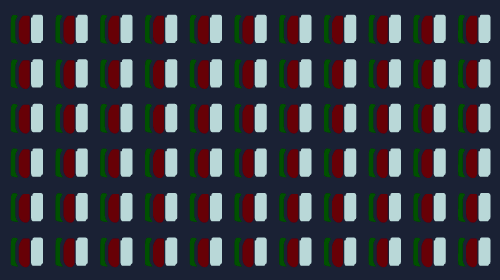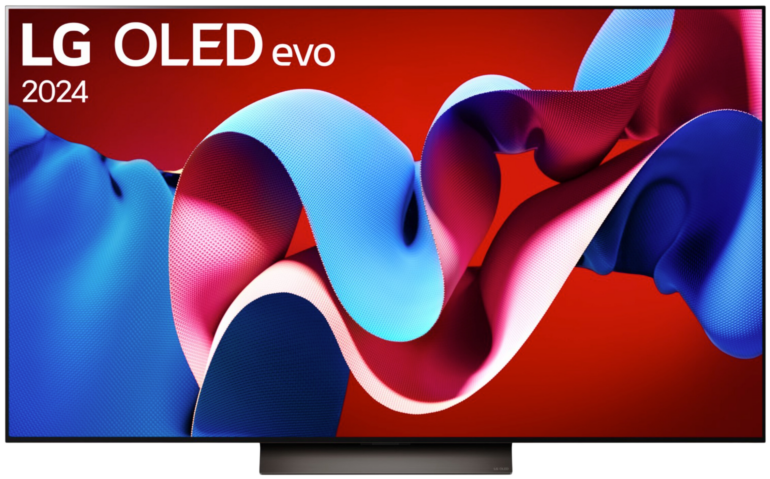Sony A9G vs A90J TV comparison 2024/03


Hey! If you buy through our links, you support our project. It won't cost you a cent more! Many thanks in advance! ♥️
Sony A9G and A90J compared – Which TV is better?
Detailed comparison: Sony A9G or A90J
Can also be used well in brighter rooms
It is generally known that the picture quality of an OLED TV really comes into its own in dark surroundings. However, these two candidates also produce a decent picture in brighter rooms. Reflections are satisfactorily dispersed by both OLEDs. However, the A90J can score a bit better in this area, since its average brightness is higher and it can thus outshine any reflections better.








No fading colors even from oblique angles
Although the rating of the Sony A9G vs A90J comparison indicates that the A90J has the edge here, this is actually only theoretically the case. Both are also usable under extremely oblique viewing angles without any major noticeable flaws.
The difference is only really noticeable when you look directly at the OLED TV from the side, which does not come close to normal use.






Similar good SDR performance
When displaying common SDRStandard Dynamic Range – image/video with a conventional gamma curve (opposite: HDR) – “normal” videos content, i.e. content with normal dynamic range, both TVs show an almost identical performance. This is because both TVs perform so well that the picture quality of the Standard Dynamic Range (SDR) is almost maxed out. If you want more intense pictures with a larger dynamic range and the higher contrast ratios that come with it, you should switch to HDRHigh Dynamic Range – image/video with more dynamic range (contrast range) material.


Improved panel for an even better HDR
The optimized OLED panel allows the Sony A90J to be brighter than its predecessor, the A9G. This is especially reflected in the display of HDRHigh Dynamic Range – image/video with more dynamic range (contrast range) content. In combination with the larger DCI-P3 and the REC 2020 color space, an even more impressive HDR experience can be created.But keep in mind that both TVs really shine in this category.
Both TVs also support Dolby VisionDynamic HDR-format with a color depth of up to 12 Bits and Mastering of up to 10,000 Nits to dynamically optimize compatible content.








A9G vs A90J - Both almost perfect for your home cinema
Since the excellent picture quality has already been highlighted in the HDRHigh Dynamic Range – image/video with more dynamic range (contrast range) and SDRStandard Dynamic Range – image/video with a conventional gamma curve (opposite: HDR) – “normal” videos categories, it is hardly surprising that both TVs can also be used perfectly for movies and series or in home cinemas.
The A90J performs slightly better in terms of sound, even though both support DTSMulti-channel-sound-system (Surround Sound) competing with Dolby Digital and Dolby AtmosObject-based surround sound format with 3D-Sound from any direction sound formats and can also use the Acoustic Surface Audio feature. However, the A90J sounds slightly more balanced and can produce a bit more bass – even if this is still expandable overall.



HDMI 2.1 is included, but features are still missing
OLEDs with a HDMI 2.1 interface were only available before 2o21 with the LG BX, the C9 and its successor the CX. All other OLEDs on the German market had to make do without 4K@120Hz, which is a real drawback for most gamers.
Things look different with the 2021 models. The Sony A90J has an HDMI interface with a large enough data transfer rate of 40Gbit/s to display content with a resolution of 4K and a refresh rateHertz is the derived SI-unit of frequency with 1Hz=1/s – When talking about TVs this means how many different pictures a TV can display in one second. of 120Hz. Unfortunately, it still lacks the ALLMAuto Low Latency Mode – Automatically detects connected consoles and keeps input lag as low as possible. and the VRRVariable Refresh Rate – synchronizes the display’s refresh rate with the output refresh rate of the graphics card, which will be delivered later, though. Hopefully, this time it will be more reliable than the Sony X900H.


Smooth movements and a wide viewing angle
Since we are talking about two OLED TVs in this comparison of Sony A9G vs A90J, the motion reproduction is naturally outstanding in both models. This adds a lot of value, especially when playing sports content, since not everything is lost in a noise of motion blur.
In addition, the picture quality is really good on both TVs and the viewing angle is very wide, so everyone in the room can see a similarly brilliant picture and is not disturbed by fading colors. So the next super bowl party can come!
Google TV & HDMI 2.1 crown the winner
In principle, the features of both TVs are impressive. However, the 2019 A9G does not have an HDMI 2.1 interface and has a somewhat outdated operating system that is no longer up to date in terms of intuitive use and smooth animations. However, you still have access to a giant selection of apps and all common streaming services.
Otherwise, both TVs are quite similar in this category, although the A90J still has an automatic room calibration, which adjusts its sound to the acoustics of the respective room.



integriert

kompatibel



integriert

kompatibel
Our conclusion:Sony A9G vs A90J - The Master Series clearly shows its qualities
It should be clear that both OLED TVs from the Japanese manufacturer Sony are absolute high-end devices. The “Master Series” really lives up to its name. However, the 2021 A90J is even more convincing because it can be brighter with the improved OLED panel and highlights in HDRHigh Dynamic Range – image/video with more dynamic range (contrast range) content are better accentuated. But the performance in bright environments also benefits from the higher average brightness, as it can fight reflections and specularity more effectively.
It does have an HDMI 2.1 interface, but unfortunately it does not meet all specifications. An Auto Low Latency Mode and a Variable Refresh RateVariable Refresh Rate – synchronizes the display’s refresh rate with the output refresh rate of the graphics card are still missing on the A90J – but they are supposed to be delivered via update. When will this happen? Sony probably also doesn’t know yet. However, the A90J can already display content at 4K@120Hz, which naturally makes it more interesting for gamers.
On the whole, both are excellent TVs for home cinema, whereby the A90J scores slightly better in most categories.

